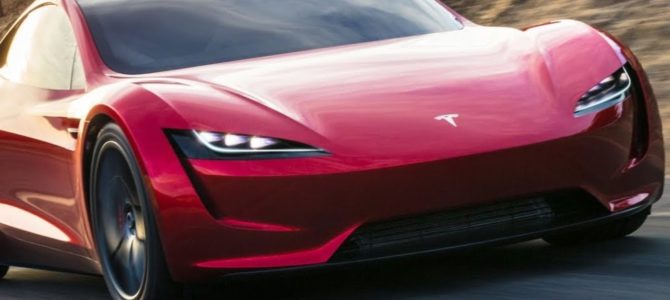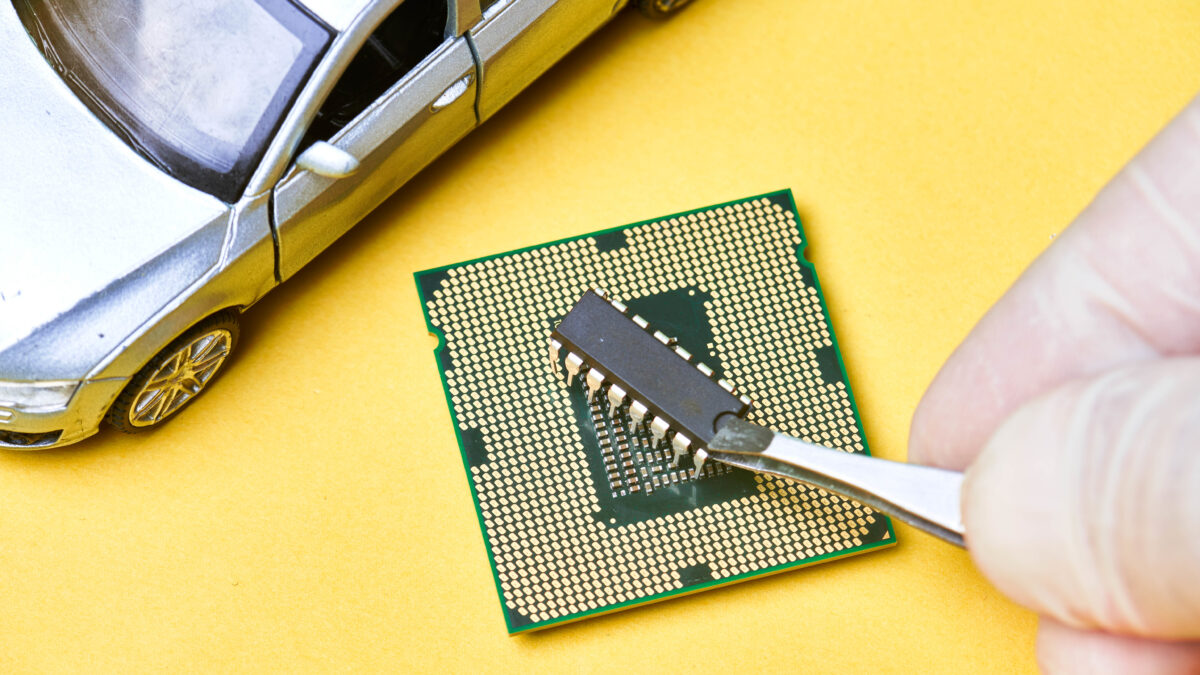
Is there anything so permanent as a “temporary” government program? To test that question, consider the “Tesla Tax Credit,” the federal subsidy program for cars that don’t use gasoline. Created in 2005 as a way to jumpstart a market for pure-electric plug-ins, the Tesla credit allows taxpayers to take up to $7,500 off their taxes for purchasing one.
This regressive subsidy primarily benefits Americans earning more than $100,000 a year. Happily, it’s fading away, as the market for battery-electric vehicles (BEVs) matures. But the “green” car industry, led by Tesla Motor’s eccentric CEO Elon Musk, is lobbying Congress to make the gravy train permanent — and more generous.
Battery-powered cars, with zero tailpipe emissions, are beloved of environmentalists as a way to help save the planet. But while sales have grown over the past decade, they’re still a niche product, more status symbol than planet-saver. They’re basically a shiny toy for rich liberals.
Musk thinks you and I need to help pay to put one of these shiny toys on as many suburban driveways as possible. So he and his competitors have joined forces to extend and expand the subsidy, preferably during the current lame-duck session of Congress. If they succeed, expect this “temporary” government program to have eternal life, and have it abundantly.
Dear Lawmakers: Hit the brakes!
The existing subsidy will increase the federal deficit by an estimated $7.5 billion over the next five years. It is thankfully expected to fade away by the mid-2020s, thanks to a key limitation: once each BEV manufacturer has sold its 200,000th vehicle, the amount of the tax credit, for people who buy from that particular maker, steps down to zero over a period of two years.
Obviously, this creates a market distortion, as smaller and less competitive companies continue to enjoy the maximum discount. In 2018, industry leaders Tesla and GM both sold their 200,000th BEV. Nissan could do so next year. Guess which three companies are leading the charge to eliminate the cap or stretch out the phase-down? Yep!
It’s debatable whether the “green car” industry ever really needed a government subsidy to get going, but it clearly does not need one to keep going. In 2015 more than 1.2 million BEVs were delivered, worldwide, up from basically zero in 2007. (There were almost 80 million cars of all types sold last year.)
Consumers fancy BEVs because they offer a quieter ride, simpler maintenance, and better mileage (on an apples-to-apples basis) than gas-powered cars. They also liberate drivers from the gas pump, and thus from gasoline taxes that fund highway upkeep.
But they’re pricey. The Tesla Model S costs $70,000 and up. The more affordable Nissan Leaf starts at $30,000, but can only go 150 miles on a charge, compared to the 300- to 400-mile range of conventional cars.
What about the environmental benefits? They’re exaggerated. “Zero emissions” doesn’t mean zero. Over their lifespan, BEVs produce a lot of pollution and carbon emissions. It just happens at the smokestack instead of the tailpipe. In fact, building a BEV actually produces more pollution and greenhouse gases than does a conventional car, thanks to its big, heavy lithium-ion batteries. A BEV only starts to beat a comparable gas guzzler after about six to 18 months of driving.
To be sure, clean energy is a good thing. All sane people favor responsible stewardship of the earth. Many consider it a religious duty. But a clean car is only as clean as the grid it plugs into. And in places like the Midwest, which tend to rely on older, coal-fired plants, the environmental benefits of BEVs are, well, modest.
Honest liberals know this. A 2015 pro-BEV study by the left-leaning Union of Concerned Scientists admits that, in order to make BEVs a meaningful contribution to the group’s ambitious goal of reducing carbon emissions in 2030 to one-third below the 2005 level, the national electric grid will have to switch by mid-century to 80 percent reliance on “renewable” sources (primarily wind, solar, and hydroelectric). That’s utopian.
Solar today contributes a mere 1.3 percent of the national electricity supply, and wind just 6.3 percent. Neither technology is cost-effective, compared to traditional sources. Coal supplies 30 percent of the nation’s electricity (and its share is shrinking). Natural gas, much cleaner than coal, supplies 32 percent (it’s growing). Nuclear, although stagnant, supplies 20 percent. Hydro power: 7 percent.
So our best hope for a cleaner energy future lies, not with vast solar and wind farms, but with boring old hydro, nuclear, and natural gas. Now, if higher-income folks want to keep shelling out for a pricey status symbol, by all means, let them. On their own dime.
The Tesla Tax Credit is unnecessary, ineffective, and junks up the tax code. Congress should let it die — or better yet, kill it. As Republican Sen. John Barrasso of Wyoming has proposed, we should replace this regressive subsidy with a highway user fee on BEVs, to compensate for the gasoline taxes they’re avoiding. Instead of subsidizing Tesla owners forever, let’s tax them.









